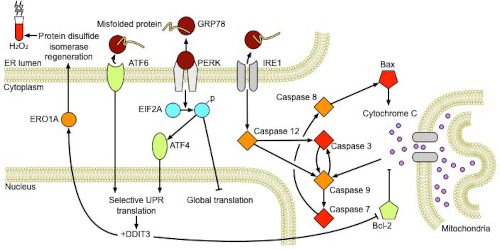What is it about?
Most cardiac myocytes are made during fetal life, and perform their work of pumping blood for life. Surprisingly, a large number of cardiac myocytes undergo programmed cell death in the perinatal period, reducing the total number of cells in the heart. Why this happens is unknown.
Why is this important?
It is important to distribute cardiac workload among many myocytes in order to reduce the stress on each individual cell. Sometimes individuals are born with fewer than normal cardiac myocytes, making them vulnerable to diseases such as hypertension later in life. Understanding why the cardiac myocytes are lost in the perinatal heart may help us control the process to bolster the hearts of at-risk individuals.
Find this paper at the American Journal of Physiology and on Pubmed.
